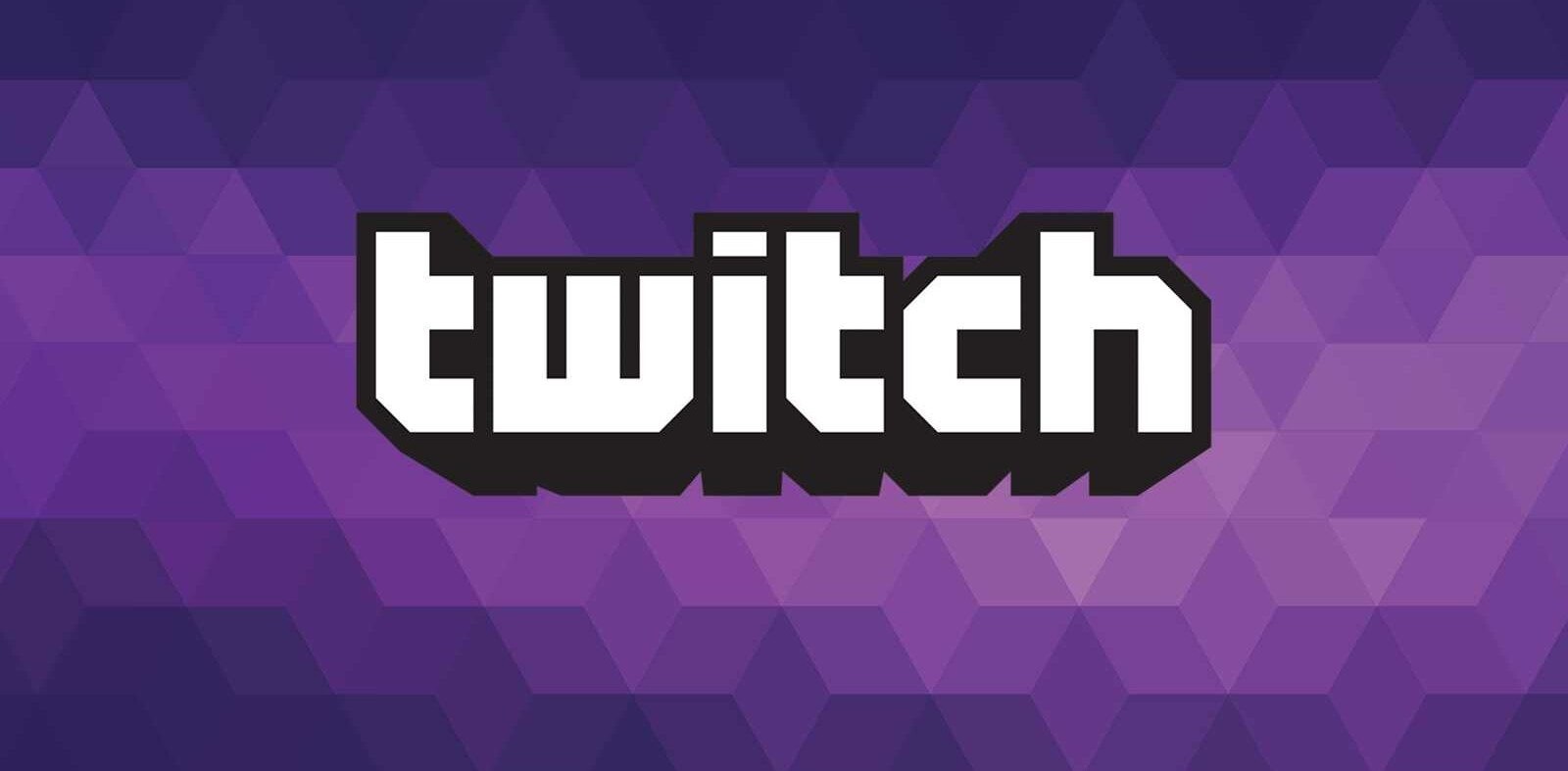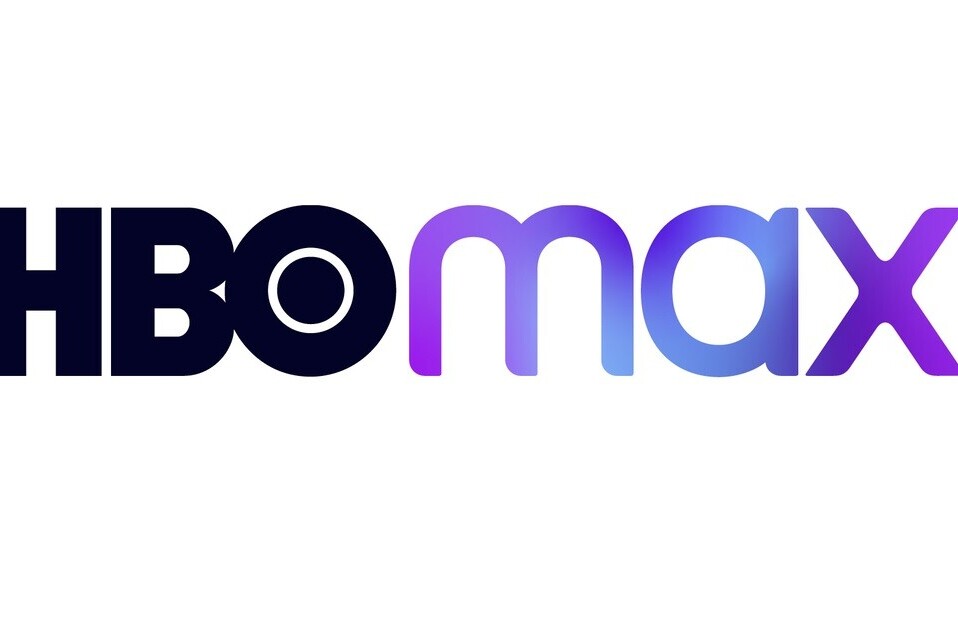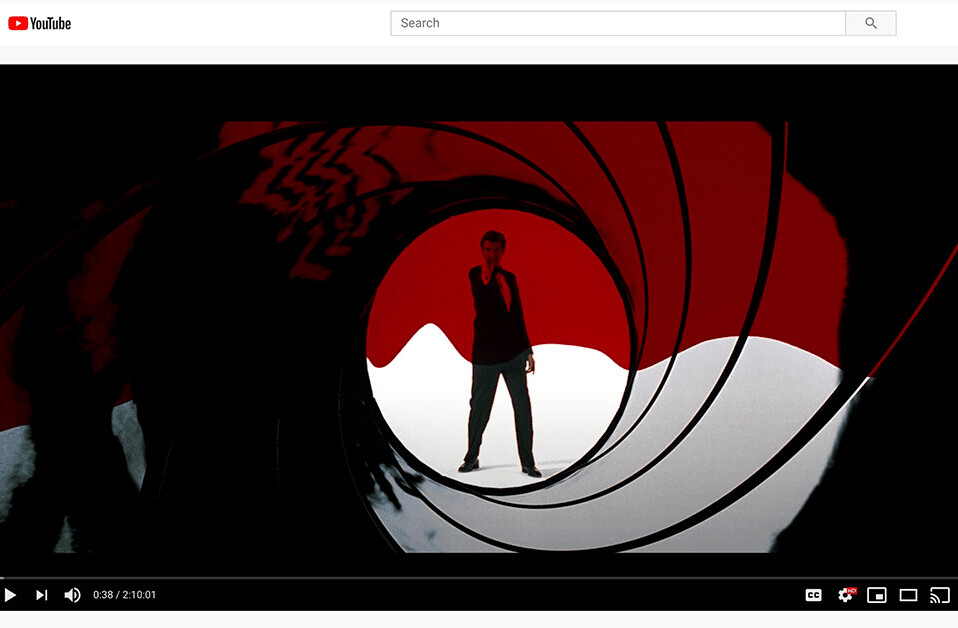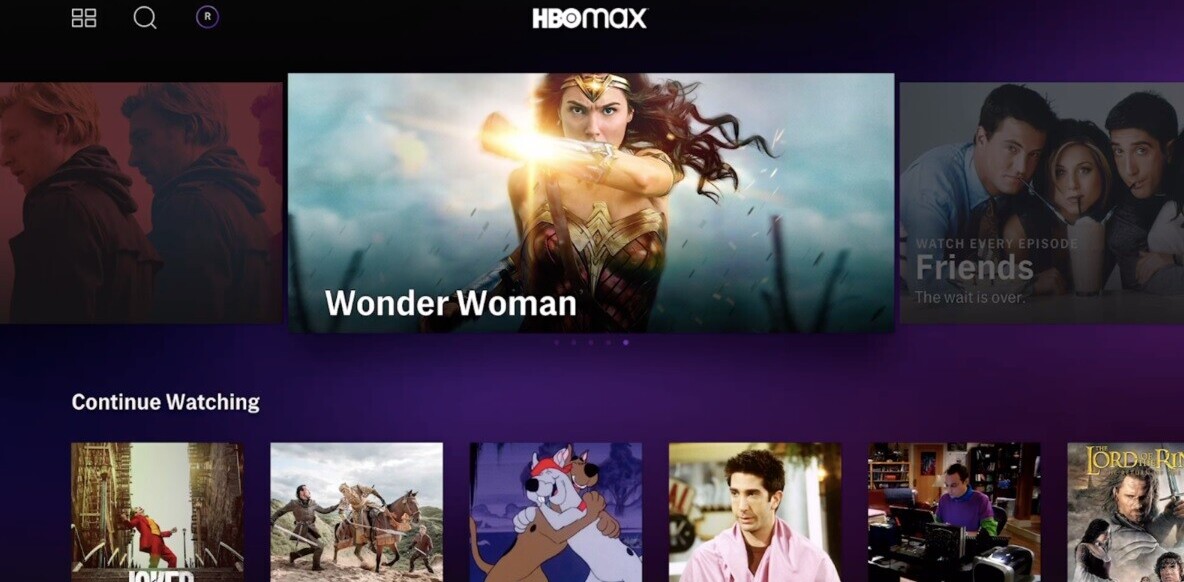
Dear P.R.,
The news starts with a spark. As journalists, we’re skilled at fanning the flames. It’s your job to deliver that fire without anyone getting burned. And that’s no easy task. We realize we’re not perfect. We ask you for unique quotes, high res images, embeddable videos, and tell you we want them yesterday. Some of us are super sanctimonious. Some of us respond to your RSVPs but not your pitches and then take two gift bags. Some of us will befriend you just to crucify you for a scoop. Or we tell you we’re going to interview the CEO about one thing, and then bring up that thing. And sometimes we delete your heartfelt emails or decline to respond.
But sometimes we receive emails from you with subject lines like this:
NEWS MON: Social Software Replaces Focus Group: Mercedes-Benz Social Community Website Enables New, Award-Winning Approach to Market Research via Drupal/Open Source Platform
THIRD ATTEMPT: New Anti-Groupon Daily Deals site takes on NYC!
IMMEDIATE RELEASE: New, innovative curation startup launches featuring children’s apparel.
Other times you send us emails like this and it makes us feel all warm and fuzzy inside:
Courtney B of the deep blue sea,
Would you could you should you if you please
When you’ve got a moment so free
Let known when you could lend your ear to me?
The Art of the Pitch is also a life science; one that companies will shell out upwards of $10-35K a month for. And while many of you employ slash-and-burn media outreach, desperately trying to please demanding clients, a handful of you are simply brilliant at what you do.
The Art of Communication

“The biggest problem in PR is that people don’t read enough,” says Ed Zitron, a former journalist who reps companies such as Pando Networks, Fitocracy, AnchorFree, Nature Publishing Group and VenturRocket at TriplePoint PR. “The second biggest issue is a lack of knowledge and lack of humanity. Some of the worst PR that comes out is really just a lack of respect.”
And it’s not just a lack of humanity in PR, it works in both directions. We all need to take the time and do a better job treating each other like human beings, not digital mailboxes. Don’t send emails with words like REVOLUTIONARY, CUSTOMIZED and CURATED PERSONALIZATION. These are buzzwords that don’t mean anything to anyone.
This is easily solved when you’ve met the person you’re working with in real life. But if you can’t get out in the field to meet people in your industry, send a nice note to introduce yourself before sending a pitch. Establishing relationships is the name of the game, literally. We need your help to write great stories. A very successful PR Director once said, “Treat your reporters and media professionals as clients too”.
First ask yourself, has this journalist (or one of their colleagues) already written the story I’m about to pitch? If the answer is Yes, don’t pitch. I know this is common sense, but it happens, a lot.
Then ask, is there something about the work that can be angled or positioned to be interesting to this person’s niche audience? Alex Taub, who leads Business Development and partnerships at Aviary has been keeping me updated with company news for months. But doing so is not part of his job description. He just enjoys going out several nights a week and hanging out with people who work in media, which makes it really easy to ping them with something newsworthy–whether it’s for his company or not.
Before Aviary launches a new product or feature, Taub tells me how the team sits down together. “Let’s say, we’re launching mobile. We ask, ‘How many stories do we have?’ Every audience is different, whether it’s ReadWriteWeb, Wired, Fast Company, The Next Web, Mashable, TechCrunch, Business Insider, etc. They each have certain things that matter to them. Think about the audience, and the website you want to get written up on. Create a bunch of story lines and make sure they match up with the publication otherwise you’ll be wasting their time and yours…But if you only have 1 story to be told, it’s best to give the exclusive to somebody.”
How Social Media has changed Public Relations

Social media has changed the art of the pitch in two important ways. First, it’s created A LOT of noise. We’re all five times busier than we should be with dozens of channels of communication interrupting our flow on an hourly basis. It’s more important than ever that we be more selective and succinct when communicating with our industry peers. Second, social media has made everything public.
“You have to be more careful and selective with who you pitch,” says Joe Ciarallo, the VP of Communications at Buddy Media. “Because that crabby pitch will wind up on TechCrunch. It’s not rocket science. It’s knowing facts like, Kara Swisher loves to cover everything about Yahoo, so if you’ve just hired someone from Yahoo, that’s an appropriate pitch.”
To cut down the noise, Ciarallo, who used to be the Editor of PRNewser.com and Manager of PR Initiatives at Mediabistro keeps his pitches short and sweet. When he reaches out to journalists, he doesn’t consider it a pitch. “I’ll email blogs in the industry, and say F8 is happening today, what do you guys need? Just one sentence,” he says.
For the most part, social media has made a PR pro’s job easier. While it creates a lot more noise that you have to pay attention to, Twitter and Facebook are invaluable listening and monitoring devices. Reporters often put updates out on Twitter and Facebook of what they’re working on so it’s easy to help contribute to a story.
Adam Isserlis is one of the most respected professionals in the PR game. Before becoming Zynga’s Director of Corporate Communications, he spent 8 years representing companies such as Blip.tv, AOL’s Patch, 23&Me, Fortune, Hearst and The Daily. “You have to love the news. You have read everything, every day. And you have to always put yourself in a reporter’s shoes,” he says.
“I follow every reporter that covers my companies and my clients. Now I Subscribe to them if they make that a possibility. I think it lets you see what’s important to people both personally and professionally. How helpful is that?” says Zynga’s Isserlis.
Redefining Media Relations

Like everything else, communication has been transformed by the digital age. So it may come as no surprise that PR practices are also changing in these Darwinian days. Tangled in a media jungle, the New York City based shop KindaSortaMedia calls itself “an ad hoc network of specialists who work in diverse sectors of digital media and entertainment…a loosely affiliated cooperative of consultants, brand experts, designers, entrepreneurs, media professionals, and technologists.”
KSM rarely uses press releases. It’s a full-service utility agency. It’s biz-dev, it’s development; it’s fundraising. It was also one of the first agencies to focus on digital and early stage startups. Current clients include vYou, a Quora-style Q&A platform using online video, online fashion boutique Of A Kind, RecordSetter, which is YouTube meets the Guinness Book of World Records, and Soundpipe, an under-wraps app which could be like the Audio Twitter.
KindaSortaMedia has a policy that it’s very clear on. The 3-person team only takes on clients that it loves and thinks are doing something special and unique. They don’t take on clients to get a paycheck, and often take on smaller clients in exchange for equity. “Client selection is the key thing in PR. Sometimes a company flops when you think you have a winner but if you believe your client is really great, then you’re going to sound better when you pitch it,” says KSM’s Lindsey Green, who’s been in the game for 5 years.
“We spend a lot of time matching clients with the best stories and the best writers. It’s all about knowing as many people in the sphere as possible and knowing what they do and what kinds of things are interesting to them,” says KSM’s Lindsey Green. “It’s all very no pressure. If a writer hates it, that’s totally cool. We focus on just one or two journalists and make a story really strong…When we do that, all those little blogs end up picking it up too and linking back.”
What’s KSM’s secret sauce? Founder Rex Sorgatz, who reads 22 magazines a month, used to be a journalist. “So I know what stories should be told. The kind that I’d be interested writing and reading about,” he says.
This is a common theme in brilliant PR. The finest specialists are the people who know what writers like to write about. Many were former journalists. All of them are passionate about reading the news and keeping up with the industry online and off. They get in touch via email, Skype, Twitter or text and give journalists just enough heads up to an interesting story. Most importantly, it never feels like we’re being pitched. We feel like we’re having an exciting conversation. We feel grateful.
It’s true that not every PR specialist has the luxury of choosing his or her clients. Something’s got to pay the rent. But if we’re all just a bit more particular about who we represent and who we write about, in the end, we will have a healthier ecosystem filled with more interesting products. If you choose clients you firmly believe in, and then you choose reporters whom you know will believe in it too, everybody wins.
When you whisper in our ear, you’re not pitching, you’re inspiring. We are all raconteurs. At the end of the day, we both want a genuine, compelling and entertaining story.
Love,
Journalist.
P.S. Replace the milk

Get the TNW newsletter
Get the most important tech news in your inbox each week.





